Shiitake mushrooms, with their rich umami flavor and meaty texture, have become increasingly popular in kitchens around the world. Originally from East Asia, these distinctive fungi are prized for their earthy taste and versatility in cooking. Whether you're a mushroom enthusiast or just starting to explore the world of shiitakes, learning how to properly cook these delicious mushrooms can elevate your culinary creations to new heights.
In this comprehensive guide, we'll walk you through everything you need to know about cooking shiitake mushrooms—from selection and preparation to five foolproof cooking techniques that bring out their best flavor and texture. By the end of this article, you'll be equipped with all the knowledge you need to prepare perfect shiitake mushrooms every time.
Understanding Shiitake Mushrooms
Before diving into cooking methods, let's get to know our star ingredient a bit better.
Shiitake mushrooms (Lentinus edodes) are the third most cultivated mushroom in the world, after white button and oyster mushrooms. They grow naturally on decaying hardwood trees and have been cultivated in Japan and China for hundreds of years. The name "shiitake" comes from the Japanese words "shii" (the type of tree they traditionally grow on) and "take" (mushroom).
What makes shiitake mushrooms special is their distinctive flavor profile. They have a rich, woodsy taste with strong umami notes—often described as meaty, savory, or earthy. This unique flavor comes from naturally occurring glutamates and guanylates, compounds that create the fifth taste sensation known as umami.

Selecting Shiitake Mushrooms
The first step to cooking delicious shiitake mushrooms is selecting good ones. Here's what to look for:
Fresh Shiitake Mushrooms
- Caps: Look for mushrooms with plump, firm caps that are free from bruises, slime, or dark spots
- Color: Fresh shiitakes should have a rich brown color, not pale or yellow-tinged
- Moisture: The caps should feel slightly dry to the touch, not slimy or excessively wet
- Gills: The underside should have cream-colored gills that are intact
- Aroma: They should have a pleasant, earthy smell (not sour or ammonia-like)
Dried Shiitake Mushrooms
- Thickness: Generally, thicker caps indicate better quality
- Appearance: Look for whole caps with visible gill patterns
- Aroma: They should have a concentrated earthy smell
- Texture: They should be dry but somewhat flexible, not brittle or powdery
Both fresh and dried shiitake mushrooms have their place in the kitchen. Fresh ones are excellent for sautéing, roasting, and grilling, while dried shiitakes have a more concentrated flavor that works wonderfully in soups, broths, and slow-cooked dishes.
Cleaning and Preparing Shiitake Mushrooms
Proper preparation is crucial for getting the best flavor and texture from your shiitake mushrooms.
Cleaning Fresh Shiitake Mushrooms
Mushrooms are like sponges that can absorb water quickly, which can make them soggy when cooked. Here are two methods for cleaning them:
Dry Cleaning Method (Preferred)
- Use a damp paper towel or soft mushroom brush to gently wipe each mushroom cap
- Focus on removing any visible dirt or debris
- Turn the mushroom over and clean around the gill area as well
Quick Rinse Method (If Necessary)
If mushrooms are particularly dirty:
- Quickly rinse under cold running water
- Do not soak them
- Immediately pat dry thoroughly with paper towels
- Use right away to prevent them from absorbing too much moisture
Removing Shiitake Stems
Unlike some other mushroom varieties, shiitake stems are quite tough and woody, especially in larger specimens:
- Hold the cap in one hand
- Grasp the stem firmly where it meets the cap
- Twist or snap the stem off, or use a knife to cut it away
- Don't discard the stems! Save them to make flavorful stocks and broths
Slicing Shiitake Mushrooms
Depending on your recipe, you might prepare shiitake mushrooms in different ways:
- Whole: Small caps can be cooked whole, especially for roasting or grilling
- Halved or Quartered: Medium-sized caps can be halved or quartered
- Sliced: Slice caps into 1/4-inch thick slices for quick cooking methods
- Diced: For incorporating into stuffings, fillings, or dumplings
Rehydrating Dried Shiitake Mushrooms
Dried shiitake mushrooms need to be rehydrated before cooking. Here's how:
- Place dried mushrooms in a bowl
- Cover with warm (not boiling) water
- Place a small plate on top to keep mushrooms submerged if necessary
- Let soak for 20-30 minutes until completely soft and pliable
- Remove mushrooms from the soaking liquid
- Gently squeeze out excess water
- Remove stems (which remain tough even after soaking)
- Slice as needed for your recipe
Pro tip: Save the soaking liquid! It's packed with umami flavor and makes an excellent base for soups, sauces, and cooking liquids. Just strain it through a coffee filter or fine-mesh sieve to remove any grit.
5 Simple Techniques for Cooking Shiitake Mushrooms
Now that your mushrooms are prepared, let's explore five foolproof methods for cooking shiitake mushrooms to perfection.
1. Sautéing Shiitake Mushrooms
Sautéing is perhaps the most common and versatile method for cooking shiitake mushrooms. It brings out their rich flavor while maintaining a pleasant texture.
Ingredients:
- 8 oz (225g) shiitake mushrooms, stems removed and caps sliced
- 2 tablespoons butter, olive oil, or a combination
- 2 cloves garlic, minced (optional)
- 1 tablespoon fresh herbs like thyme or parsley (optional)
- Salt and pepper to taste
Instructions:
- Heat a large skillet over medium-high heat
- Add butter or oil to the pan
- Once hot, add the sliced shiitake mushrooms in a single layer (avoid overcrowding the pan; cook in batches if necessary)
- The key technique: Let the mushrooms cook undisturbed for 3-4 minutes until they begin to brown on one side
- Stir and continue cooking for another 2-3 minutes until golden brown all over
- Add garlic and herbs if using, cooking for another 30 seconds until fragrant
- Season with salt and pepper to taste
- Serve immediately
Why This Works:
Allowing the mushrooms to cook undisturbed at first gives them time to release their moisture and develop a golden-brown caramelization, which intensifies their flavor. Seasoning at the end prevents the salt from drawing out more moisture during cooking.
2. Roasting Shiitake Mushrooms
Roasting brings out the natural sweetness in shiitake mushrooms and gives them a wonderful caramelized exterior.
Ingredients:
- 8 oz (225g) shiitake mushrooms, stems removed
- 2 tablespoons olive oil
- 2-3 cloves garlic, minced
- 1 teaspoon dried herbs (rosemary, thyme, or oregano)
- Salt and pepper to taste
Instructions:
- Preheat oven to 400°F (200°C)
- In a bowl, toss the shiitake caps with olive oil, garlic, herbs, salt, and pepper
- Arrange mushrooms on a baking sheet, gill side up, in a single layer
- Roast for 15-20 minutes, turning halfway through, until golden and crisp around the edges
- Serve hot
Why This Works:
The high, dry heat of the oven helps evaporate moisture quickly, concentrating the mushrooms' flavor while creating a delicious caramelized exterior and tender interior.
3. Grilling Shiitake Mushrooms
Grilling adds a wonderful smoky dimension to shiitake mushrooms' natural umami flavor.
Ingredients:
- 8 oz (225g) shiitake mushrooms, stems removed
- 2 tablespoons olive oil or sesame oil
- 1 tablespoon soy sauce
- 1 tablespoon rice vinegar (optional)
- 1 teaspoon grated ginger (optional)
- Chopped green onions for garnish
Instructions:
- Preheat grill to medium-high heat
- In a bowl, whisk together oil, soy sauce, rice vinegar, and ginger
- Toss shiitake caps in the marinade
- Place mushrooms on the grill, cap side down first
- Grill for 3-4 minutes per side until grill marks appear and mushrooms are tender
- Garnish with chopped green onions before serving
Why This Works:
The intense heat of the grill caramelizes the natural sugars in the mushrooms, while the marinade adds flavor and helps prevent them from drying out. The gill side absorbs more of the marinade, so starting cap side down allows the gill side to finish with more direct heat.
4. Braising Shiitake Mushrooms
Braising shiitake mushrooms allows them to absorb flavors from the cooking liquid while becoming tender and succulent.
Ingredients:
- 8 oz (225g) shiitake mushrooms, stems removed, caps left whole or halved
- 1 tablespoon vegetable oil
- 1/4 cup soy sauce
- 1/4 cup mirin or sake (Japanese rice wine)
- 1/4 cup water or dashi stock
- 1 tablespoon sugar
- 1 star anise (optional)
- 1-inch piece of ginger, sliced (optional)
Instructions:
- Heat oil in a skillet or saucepan over medium heat
- Add shiitake mushrooms and cook for 2-3 minutes until lightly browned
- Add soy sauce, mirin, water or dashi, sugar, and spices if using
- Bring to a simmer, then reduce heat to low
- Cover and simmer gently for 15-20 minutes until mushrooms are tender and have absorbed the flavors
- Remove lid and continue cooking until liquid reduces to a glaze, about 5 more minutes
- Serve hot or at room temperature
Why This Works:
The slow, moist cooking method allows the mushrooms to absorb the flavors of the braising liquid while becoming tender throughout. The reduced braising liquid creates a flavorful glaze that coats the mushrooms.
5. Stir-Frying Shiitake Mushrooms
Stir-frying is quick, easy, and perfect for incorporating shiitake mushrooms into a variety of Asian-inspired dishes.
Ingredients:
- 8 oz (225g) shiitake mushrooms, stems removed and caps sliced
- 1 tablespoon sesame oil
- 1 tablespoon soy sauce
- 1 teaspoon rice vinegar
- 1 clove garlic, minced
- 1/2 teaspoon grated ginger
- 2 green onions, sliced
- Red pepper flakes (optional)
Instructions:
- Heat a wok or large skillet over high heat until smoking
- Add sesame oil and swirl to coat
- Add shiitake mushrooms and stir-fry for 1-2 minutes
- Add garlic and ginger and stir-fry for another 30 seconds until fragrant
- Add soy sauce and rice vinegar, tossing to coat
- Stir-fry for another minute until mushrooms are tender and sauce clings to them
- Add green onions and red pepper flakes if using
- Serve immediately
Why This Works:
The high heat and constant movement ensure the mushrooms cook quickly while retaining their texture. The brief cooking time preserves their earthy flavor while allowing them to absorb the aromatic seasonings.
Common Mistakes to Avoid When Cooking Shiitake Mushrooms
Even experienced cooks sometimes make these errors when preparing shiitake mushrooms:
1. Overcrowding the Pan
When sautéing or stir-frying, make sure not to overcrowd the pan. Too many mushrooms at once will release too much moisture, causing them to steam rather than brown. Cook in batches if necessary.
2. Salting Too Early
Adding salt at the beginning of cooking draws moisture out of the mushrooms, preventing proper browning. Season toward the end of cooking for better texture and flavor.
3. Washing Instead of Wiping
Whenever possible, clean mushrooms with a damp cloth or paper towel rather than washing them. If you must rinse them, do so quickly and dry them thoroughly afterward.
4. Not Removing the Stems
Shiitake stems are tough and woody, unlike those of button or cremini mushrooms. Always remove them before cooking the caps (but save them for stock!).
5. Discarding the Soaking Liquid
When rehydrating dried shiitake mushrooms, the soaking liquid becomes an umami-rich broth. Strain it and use it in soups, sauces, or as a cooking liquid.
Creative Ways to Use Cooked Shiitake Mushrooms
Once you've mastered these cooking techniques, try incorporating shiitake mushrooms into these dishes:
- Pasta dishes: Add to cream-based pasta sauces for depth of flavor
- Rice bowls: Top rice with sautéed shiitakes, a soft-boiled egg, and green onions
- Soups and stews: Add sautéed or braised shiitakes to miso soup, ramen, or vegetable stew
- Grain salads: Mix roasted shiitakes with quinoa, farro, or barley for hearty salads
- Sandwiches: Layer grilled shiitakes on sandwiches as a meat alternative
- Pizza topping: Scatter sautéed shiitakes over pizza before baking
- Risotto: Fold braised shiitakes into creamy risotto
- Omelets or frittatas: Add stir-fried shiitakes to egg dishes
- Stir-fries: Combine with other vegetables for quick Asian-inspired meals
- Stuffed vegetables: Mix chopped sautéed shiitakes into stuffing for bell peppers or squash

How to Store Cooked Shiitake Mushrooms
If you have leftover cooked shiitake mushrooms, here's how to store them properly:
- Refrigeration: Store in an airtight container in the refrigerator for up to 4-5 days.
- Freezing: While texture may change slightly, cooked shiitake mushrooms can be frozen for up to 3 months. Thaw in the refrigerator before reheating.
- Reheating: Gently reheat in a skillet over medium-low heat or in the microwave at 50% power to prevent them from becoming tough.
Conclusion
Shiitake mushrooms are a versatile and flavorful ingredient that can transform ordinary dishes into culinary delights. By mastering these five cooking techniques—sautéing, roasting, grilling, braising, and stir-frying—you'll be able to bring out the best in these remarkable fungi.
Remember the key principles: clean them properly, don't overcrowd the pan, let them brown undisturbed for maximum flavor development, and season at the right time. With these guidelines in mind, you'll be cooking perfect shiitake mushrooms every time.
So next time you spot fresh shiitake mushrooms at your local market or have a packet of dried ones in your pantry, you'll know exactly how to turn them into a delicious addition to your meal. Happy cooking!
Frequently Asked Questions
Can I eat shiitake mushroom stems?
While technically edible, shiitake stems are quite tough and woody. Most cooks remove them before cooking the caps. However, don't throw them away! The stems make an excellent addition to stocks and broths, where they can infuse their umami flavor.
How long do fresh shiitake mushrooms last?
When stored properly in a paper bag in the refrigerator, fresh shiitake mushrooms typically last 7-10 days. Avoid storing them in plastic, which traps moisture and accelerates spoilage.
Can I substitute shiitake mushrooms in recipes calling for button mushrooms?
Yes, but be aware that shiitake mushrooms have a stronger, more distinctive flavor than button mushrooms. They'll add more depth to the dish, which can be desirable in many cases. You may want to use a smaller quantity since their flavor is more pronounced.
How do I know when shiitake mushrooms are fully cooked?
Properly cooked shiitake mushrooms should be tender throughout with no raw taste. They will have shrunk somewhat from their original size and taken on a golden brown color. When sautéed or roasted, they should have slightly crisp edges.
Do I need to cook dried shiitake mushrooms after rehydrating them?
Yes, even after rehydrating, dried shiitake mushrooms should be cooked. The rehydration process simply returns moisture to them but doesn't cook them. Cook rehydrated shiitakes just as you would fresh ones, keeping in mind they may cook a bit faster since they've already absorbed some moisture.

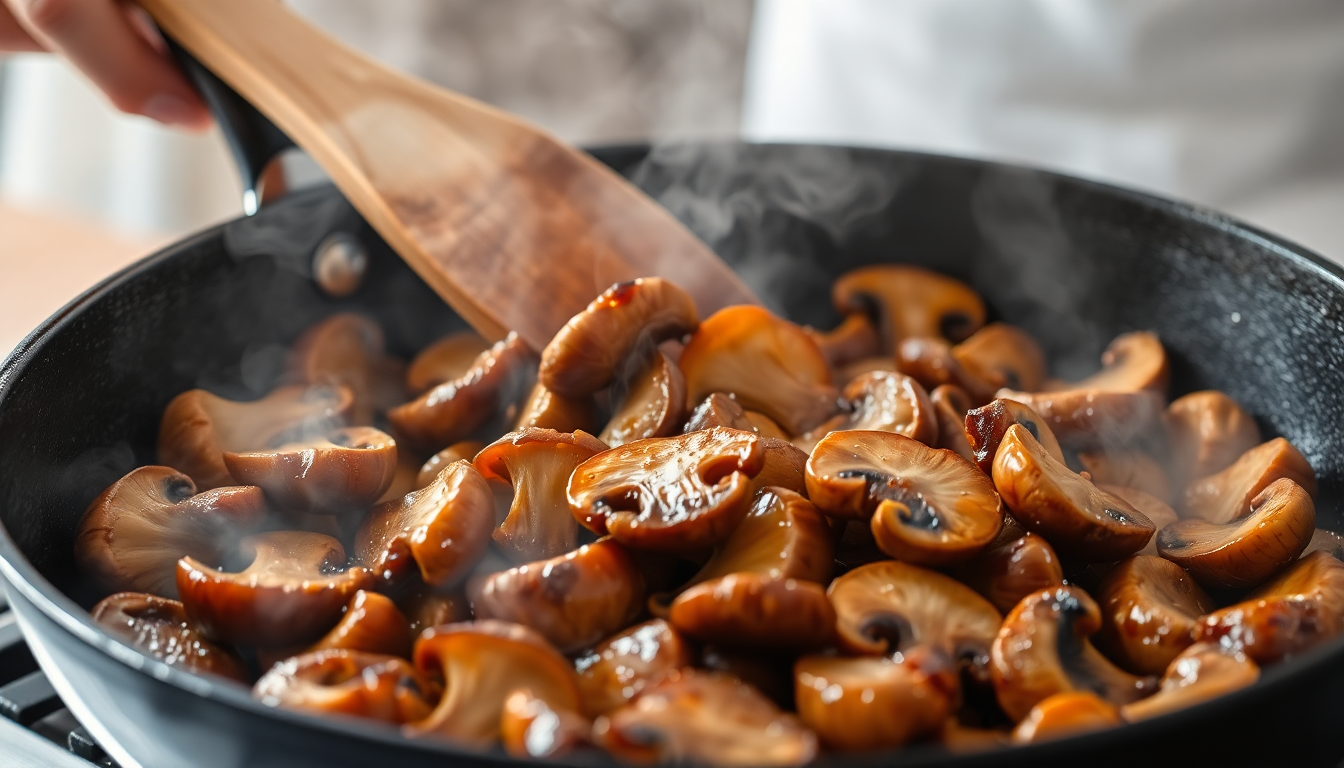


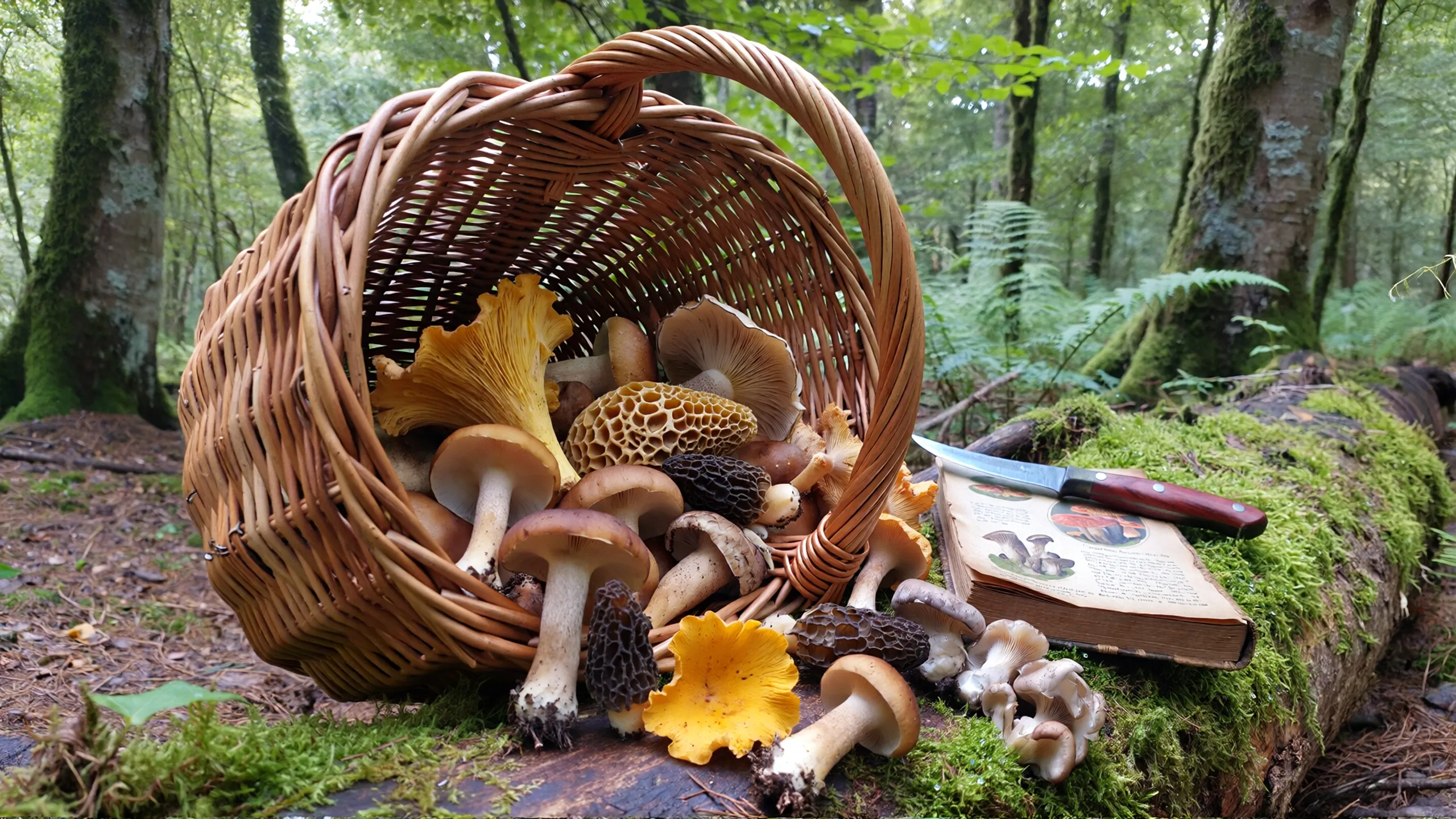
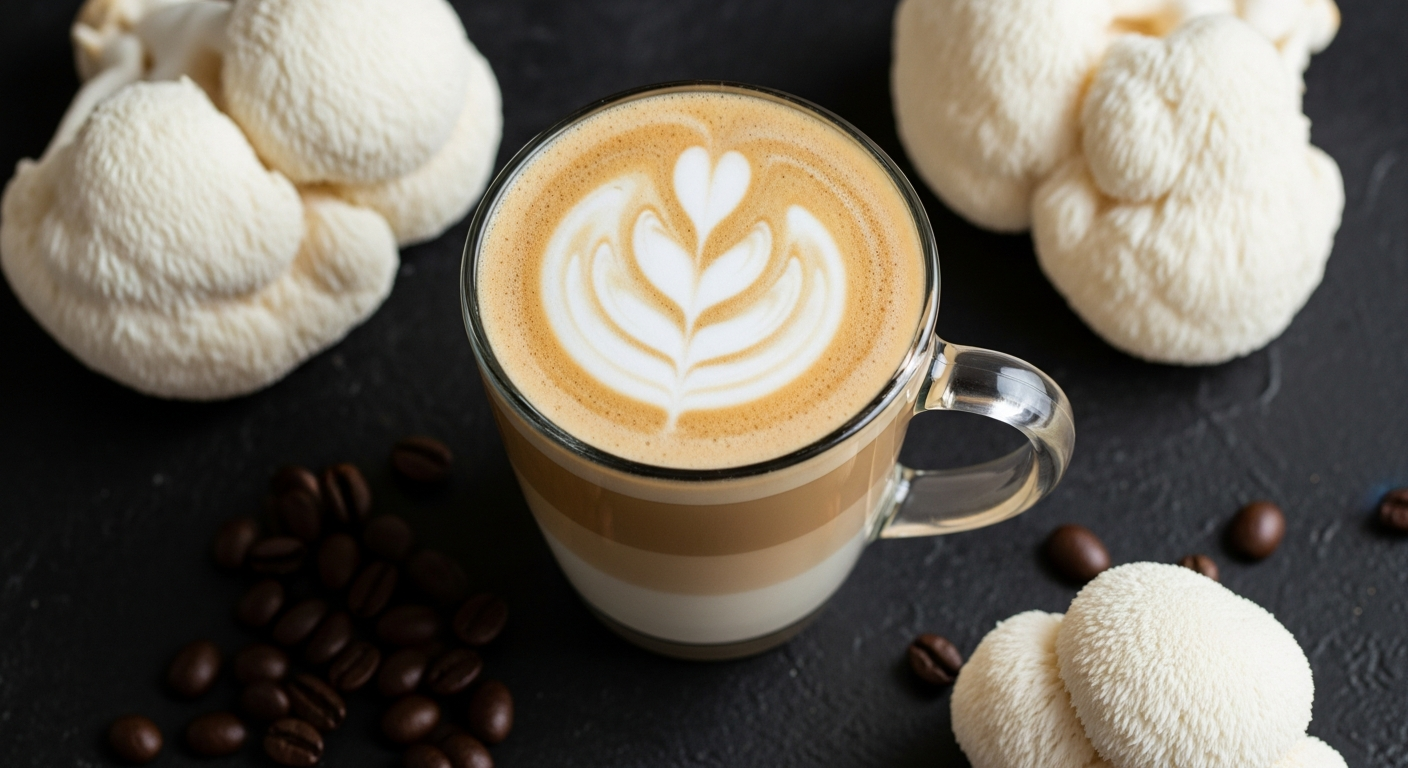
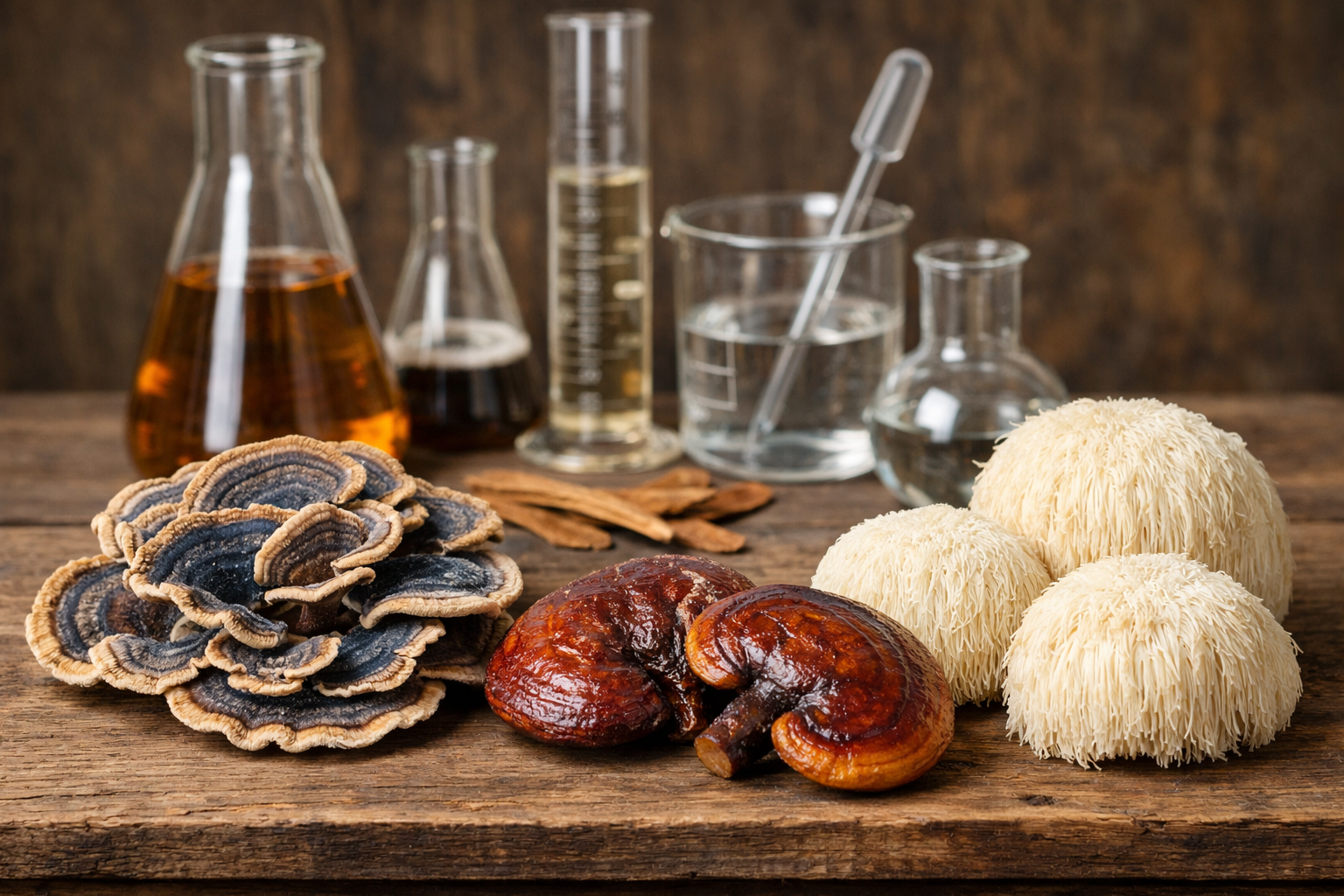
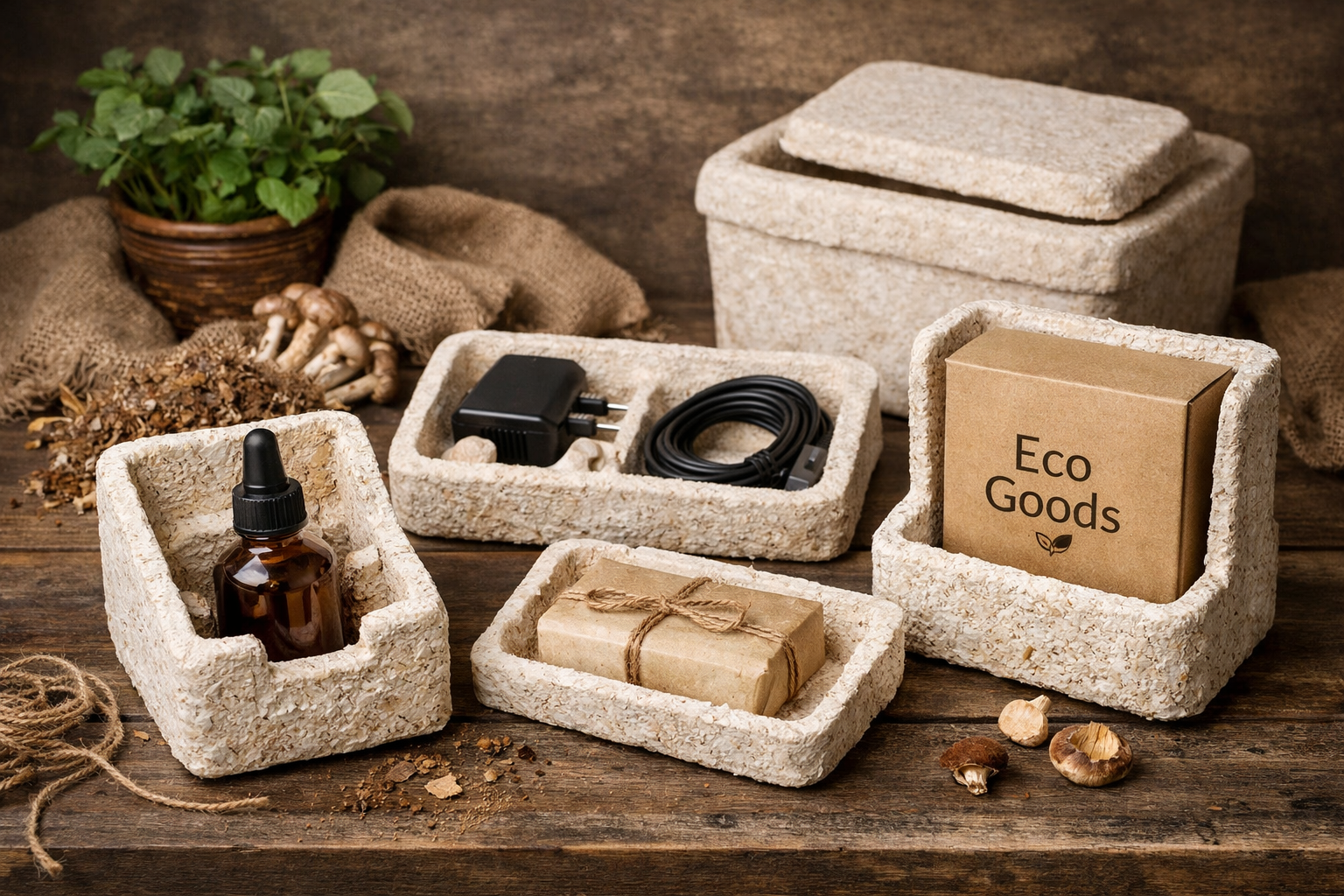

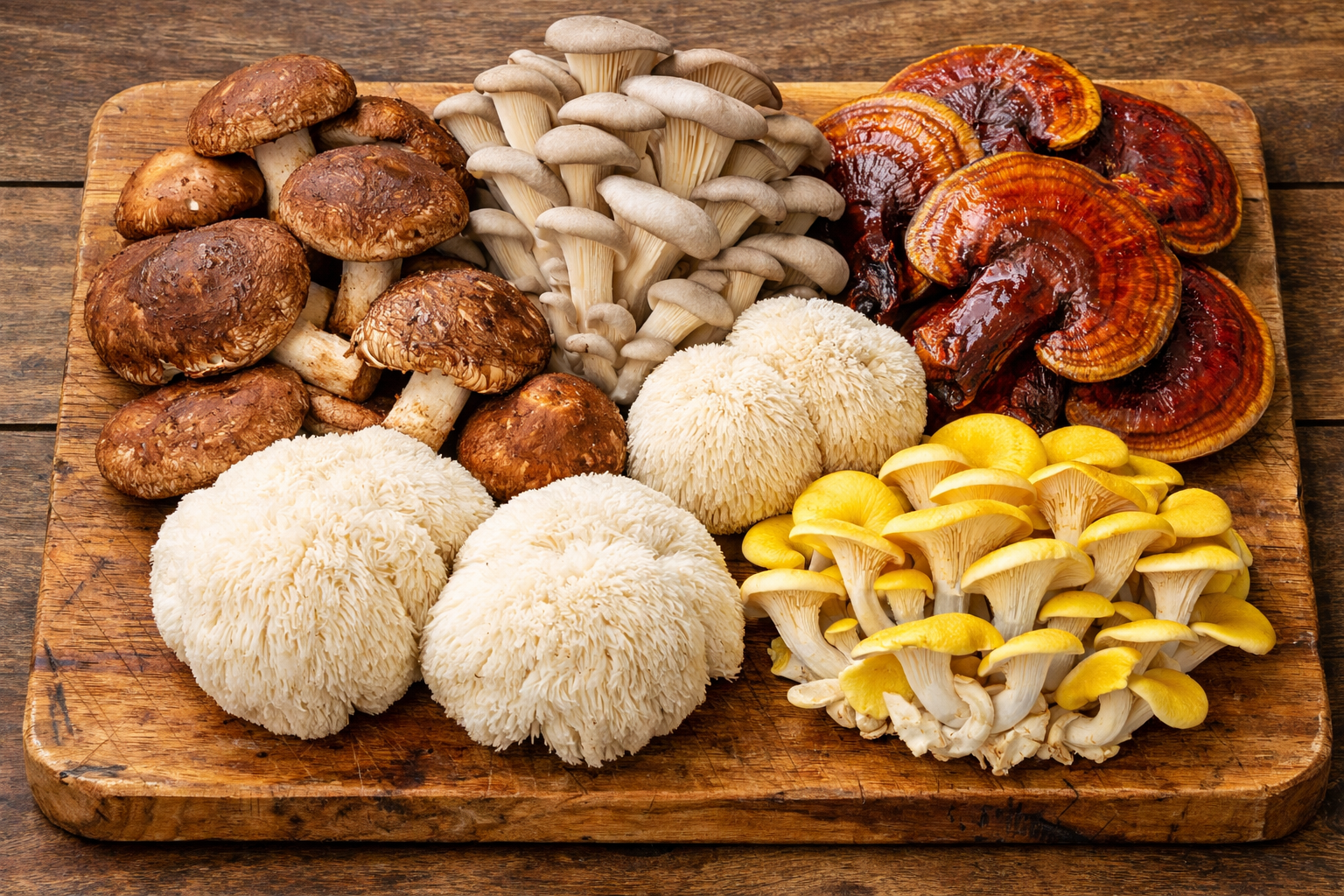
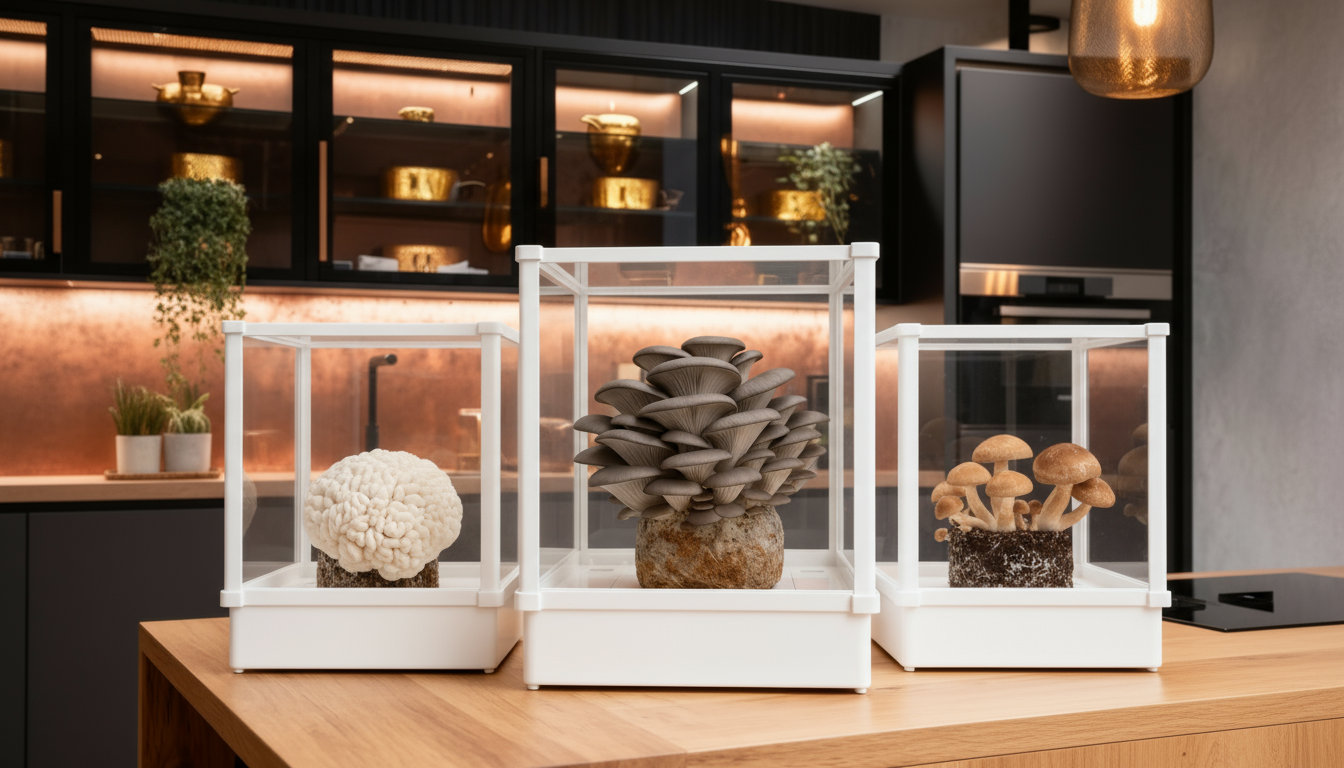
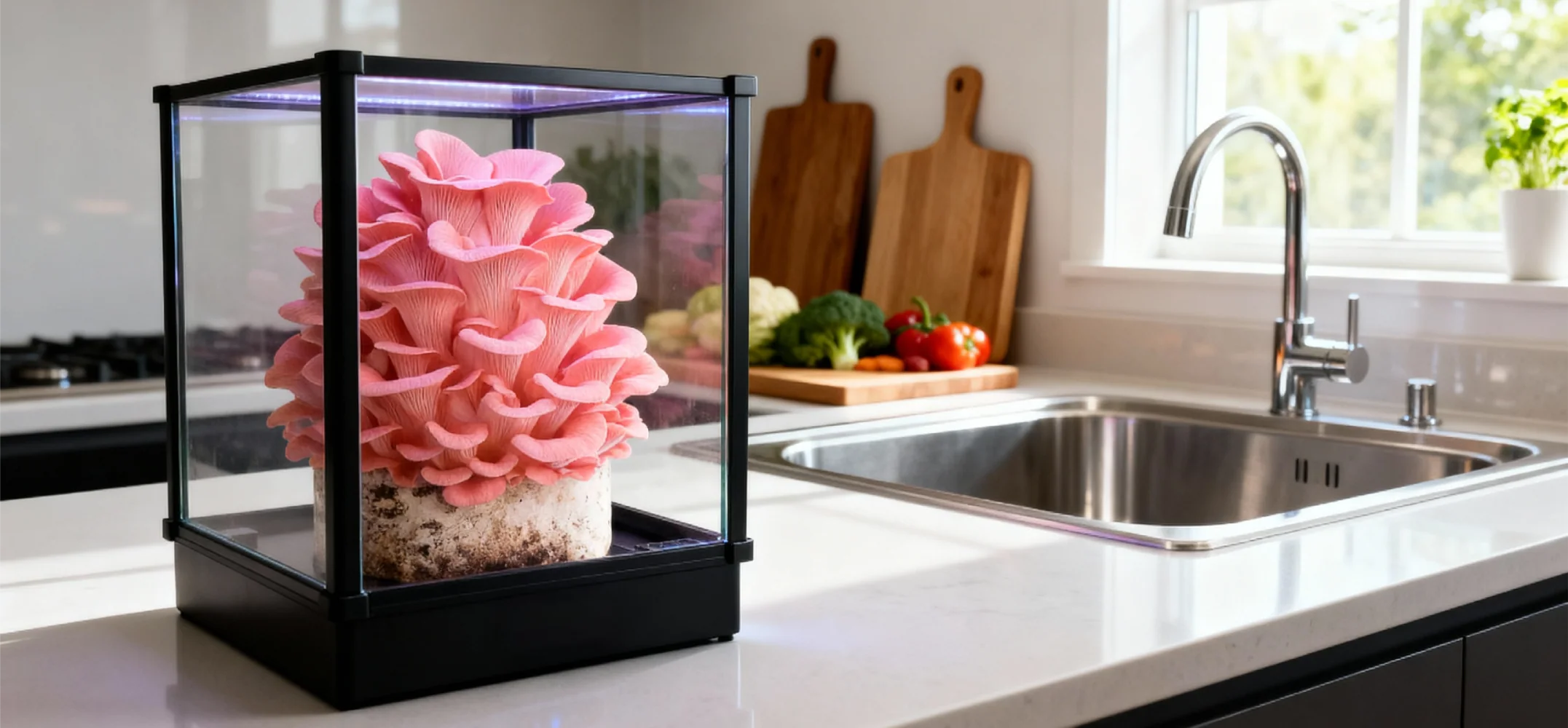
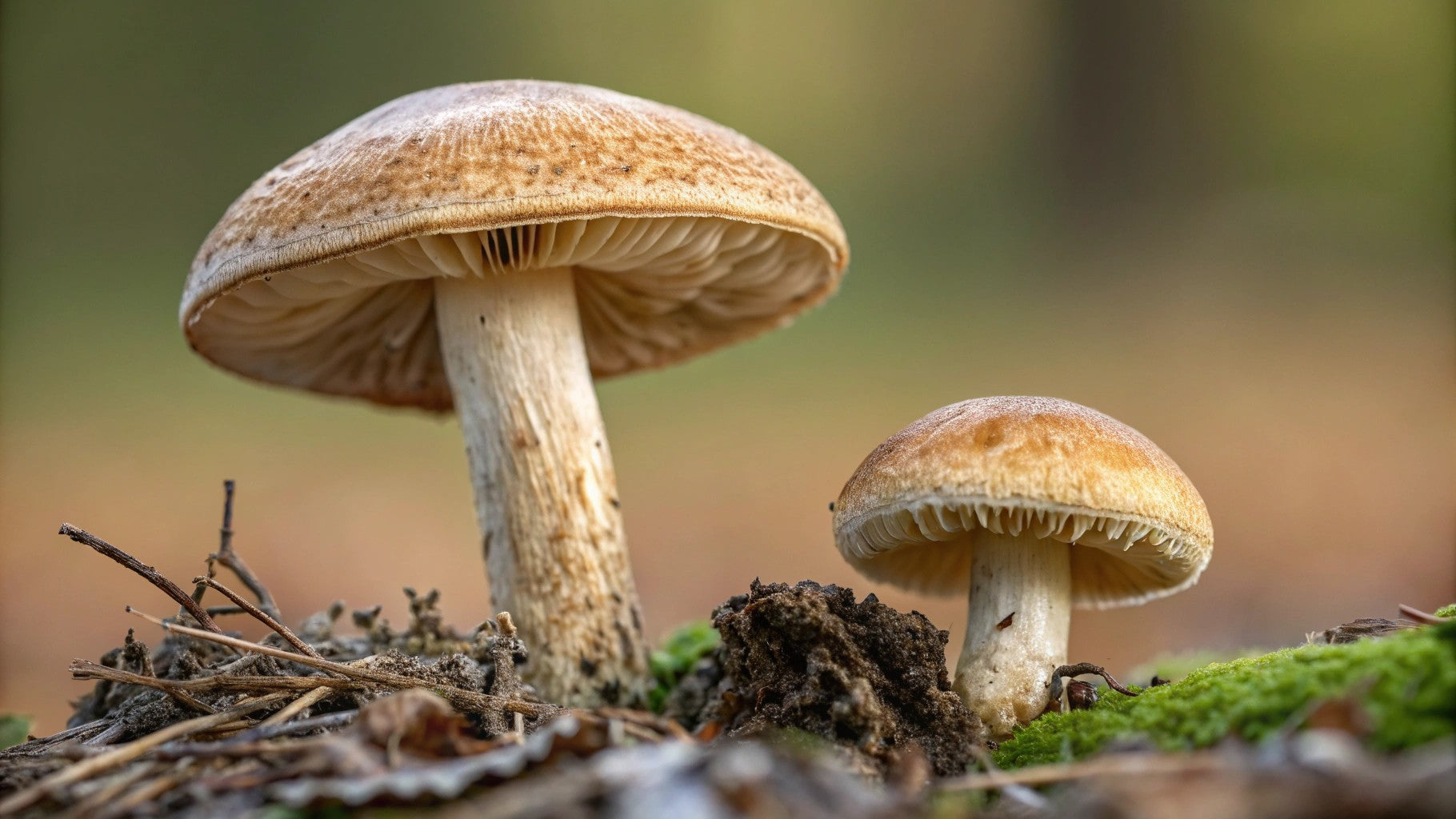
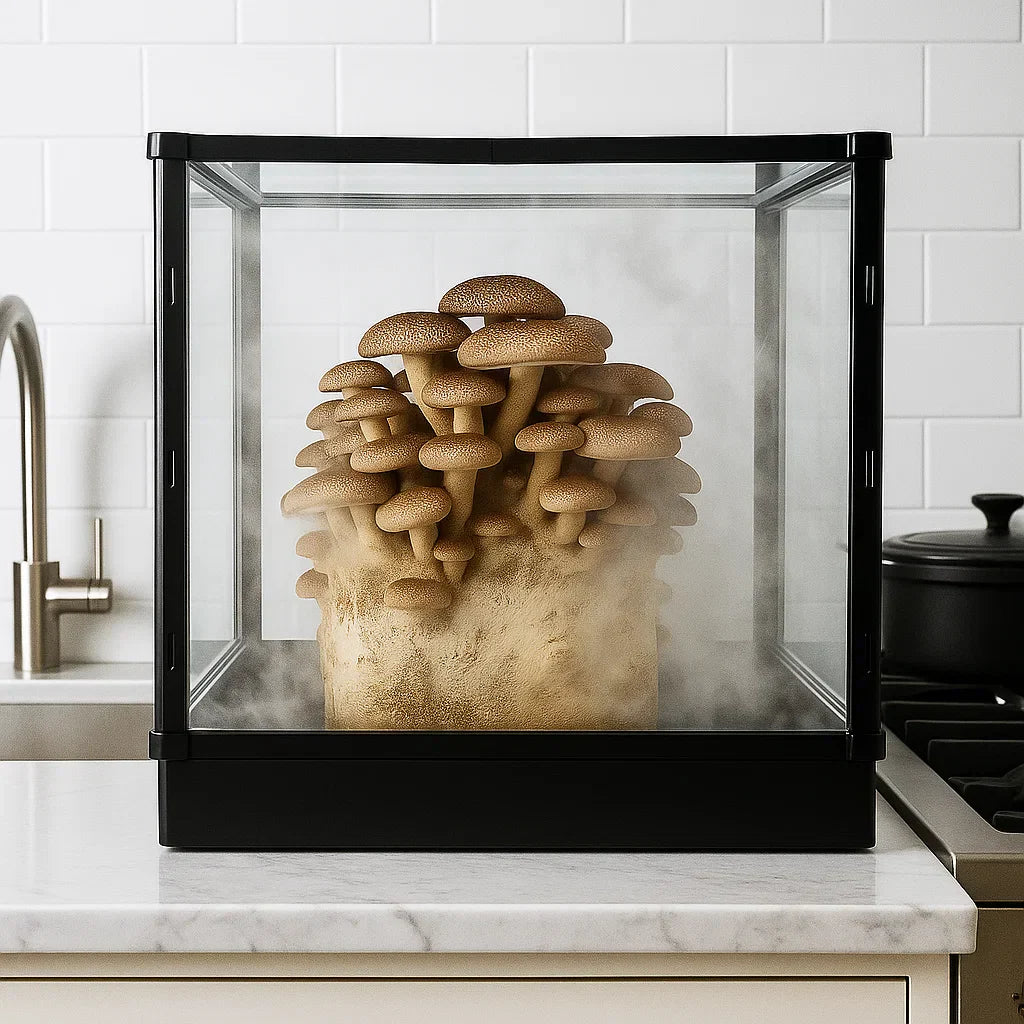
Share:
Shiitake Mushroom Side Effects: What You Need to Know
Shiitake Mushroom Recipes: Delicious, Easy & Full of Flavor